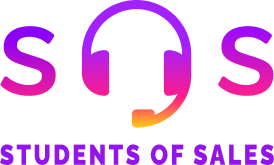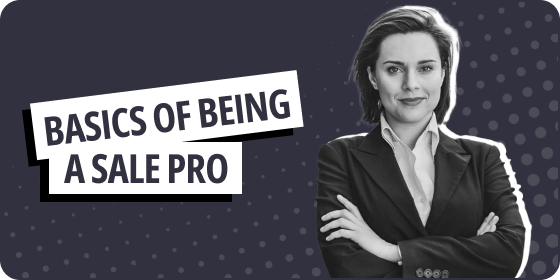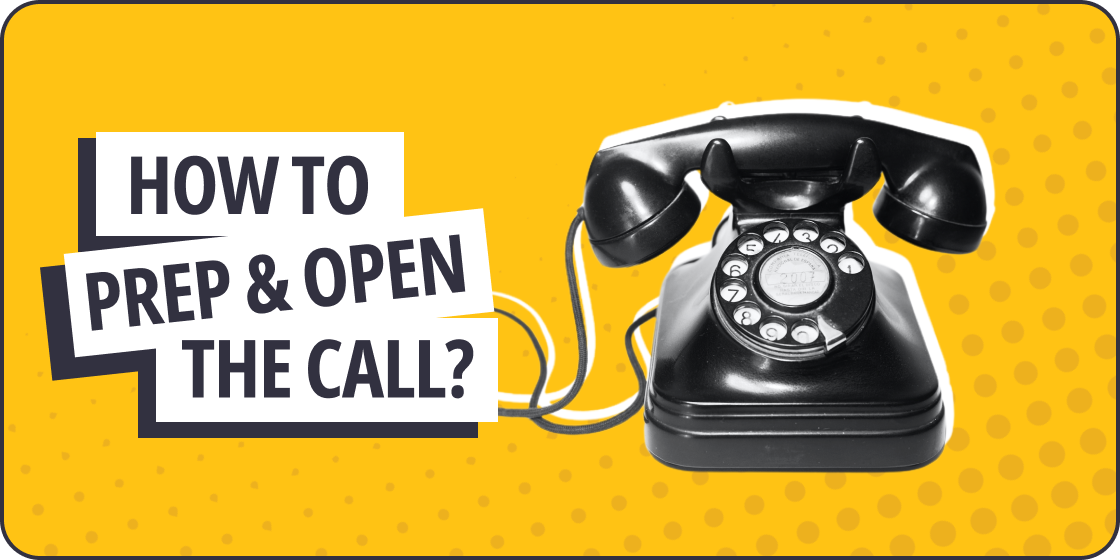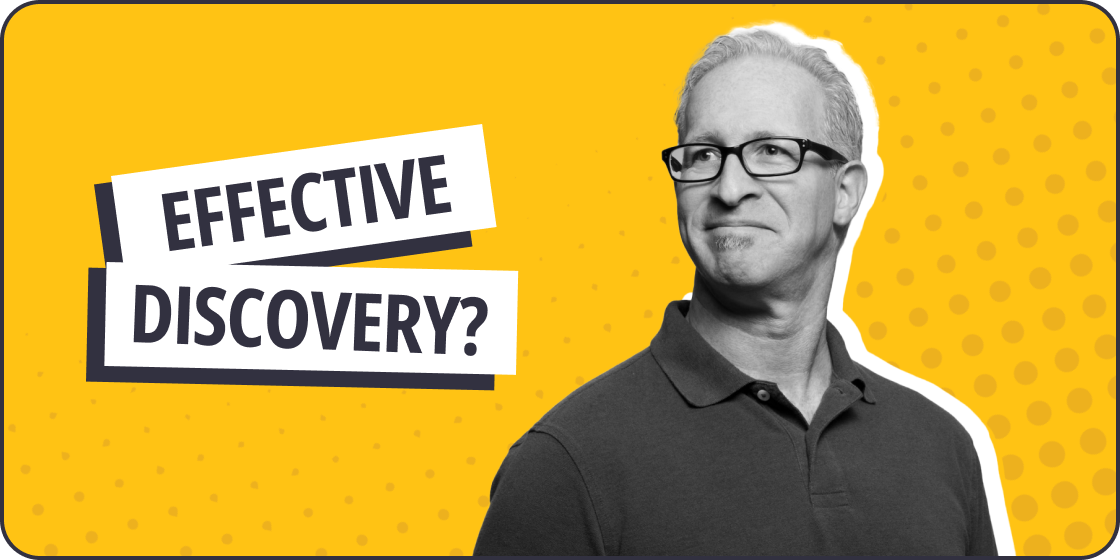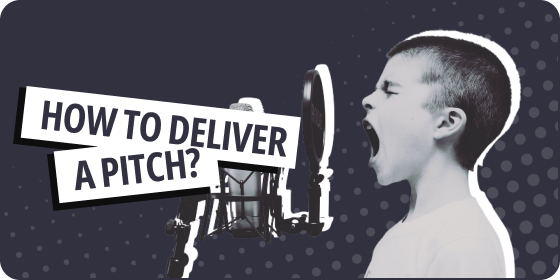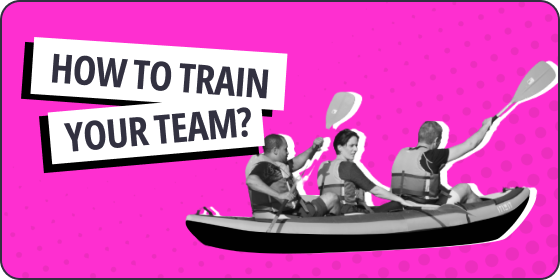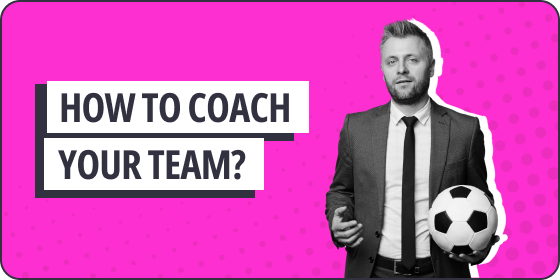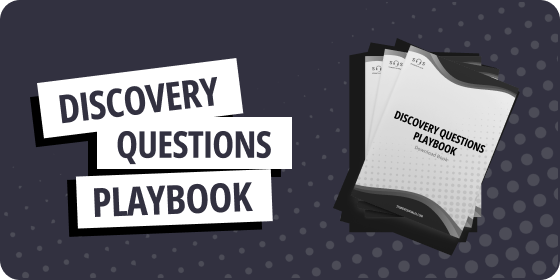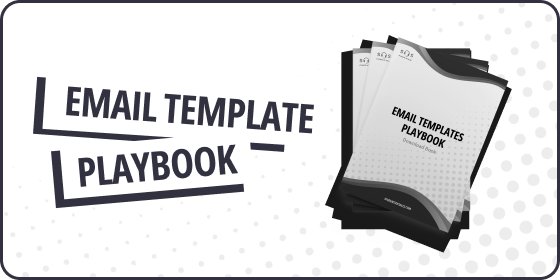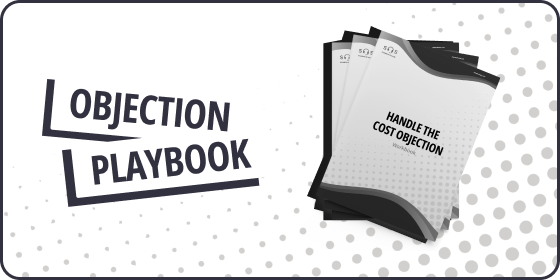What is linking?

What is Linking? An overview of the most vital part of a sales pitch
There are few things worse than a sales person that gives a cookie cutter sales pitch. Sure they know the product inside and out because they have spent hours studying their product, the industry and the social economic climate is which they are selling. They tell you all the specifications and data points to make a solid, logic argument as to why they and their company are the best. Only to find, in the end, they lose the deal to price, a competitor or, even more likely, status quo.
Linking is the process of clearly and accurately demonstrating, to your prospect, how your product will provide a benefit to their business based on what you learn during your discovery. No two sales pitches should ever be the same. By learning how to link you can give the customer a snowflake, custom tailored demonstration, or pitch. In this article you will learn how to take the information you have learned through your discovery and link it to you products features in a way that creates a greater interest from your prospect and motivates them to move forward in the sales process.
Step 1: run an effective discovery
If you are going to effectively link your product to the prospect’s needs you must first understand their needs, accurately. This is done by running a proper needs analysis and focusing in on digging below the surface. We talk more about this in our articles What are the basics of Discovery and How to ask better questions.
For now, though, think of discovery as box with a combination lock on it. Inside of that box is the prospect’s money and the combination is their pain points. You can take guesses by asking a closed ended question “is the first number a 2?” or “how many numbers long is the combination” but that won’t get you very far. Instead you want to ask questions that get them to open up and share more insight. By asking the right questions you get answers that will help guide you, and the prospect, towards the solution. When you get the combination correct and in the right order, the box will always open and you will make the sale! Get it wrong and you end up just shaking the box or banging it against the ground trying to break it open.
Step 2: Never lose sight of what the focal point of this call is; the prospect!
Now that you have an accurate understanding of the prospect’s needs, wants, challenges or even pain points you need to show the prospect that you have the solution. It is very easy, at this point, to turn over into a sales amateur and start pitching your little heart out! However, this call is not about giving information it is about your prospect, their pain and how they can relieve it. Your product is just the pill they take at the end of the doctor’s visit, not the whole visit.
Remember, no one cares how much you know until they know how much you care. Not making everyone call about the sales person and the product is probably the most daunting task a sales person will have in their entire career.
Features vs. Benefits
As we have covered off in the article What are features and benefit? Features are what your product is or does and benefits are the specific advantages or value your product provides for your prospect.
The amateur salesperson will typically embark on what I refer to as a fishing expedition at this point. Every feature is a lure they drop at the end of fishing line down in the water until they get a bite. They are completely reactive to the customer and have lost control. An amateur car sales associate might tell all about the power of the engine, the gas milage, the roomy interior, the attractive look of the car, the great sound system and on and on until the prospect knows everything the sales associate does about the care. If you leave it in the prospect’s hands, however, the only feature they tend to care about is price and, without value and specific benefits, that price is always going to be too high.
Instead, you, as the sales professional, need to be able to articulate clearly and accurately the specific advantages and benefits your product provides to the prospect. This is the snowflake demo! No two are ever the same because no two customers are ever the same.
Step 3: Link!
In order to avoid the amateur behavior of featuring dumping all over the sales meeting you must learn to be able to make a direct link from the feature you are discussing to the pain your prospect has experienced all the way through to the benefit and solution your product will provide.
To break this down it is often useful to follow the F.A.B model
F – Feature. The feature is the feature. What your product is or does.
A – Advantage. The advantage is the general advantage your product provides
B – Benefit. The benefit is the specific advantage to your prospect.
The most classic example of this is Apple’s iPod that many of you may have heard. At the time, people were still carrying around CD’s and CD players. Hell, some people still had cassette tapes! MP3’s were relatively new but there were a few MP3 players on the market and their small, niche following. But that all changed with Apple’s iPod. It wasn’t the best. It wasn’t the cheapest. It didn’t even have the most storage. But it 100% had the best marketing. And it followed the F.A.B. model
Feature – MP3 player
Advantage – Holds more songs and albums than a CD
Benefit – 1,000 songs in your pocket!
Let’s use the car example from above:
Feature – Bose sound system
Advantage – top rated sound system that gives studio level sound quality
Benefit – Why this is important to you is it means that, on your long commutes to the office in the morning and back home at night, you can drown out the honking of horns and the feeling of being stuck while you blast your favorite music!
When speaking to a prospect it is important that you don’t just list a feature, but that you link to the advantage and to the benefit.
Exercise:
Use the FAB model for 5 of your product’s features.
Feature 1: _____________
Advantage 1: _______________
Benefit 1: What this means to you is ________________
Feature 2: ____________
Advantage 2: ___________
Benefit 2: What this means to you is _________________
Feature 3: ________________
Advantage 3: ______________
Benefit 3: What this means to you is ______________
Feature 4: ________________
Advantage 4: ______________
Benefit 4: What this means to you is ________________
Feature 5: _____________
Advantage 5: ___________
Benefit 5: What this means to you is __________________
